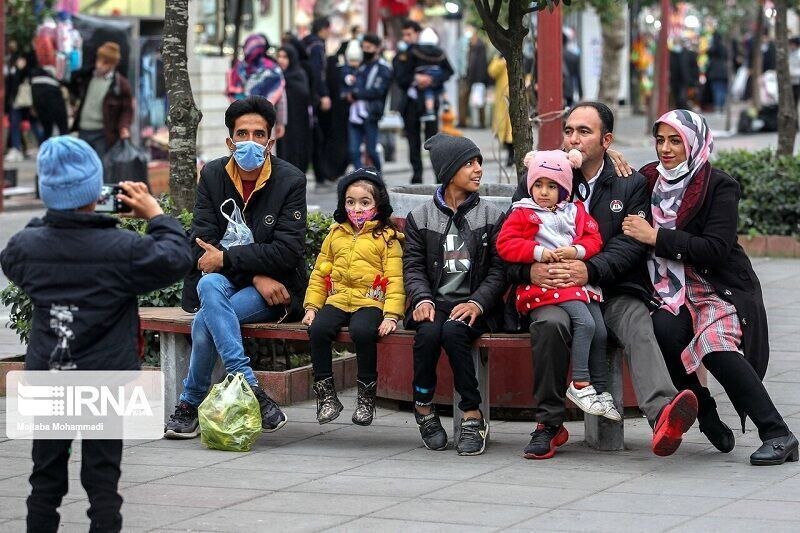TEHRAN – Youth population is a top priority for the Ministry of Health and the current administration, health ministry officials said.
In today’s world where national competition is more dependent on knowledge and human resource productivity than ever before, factors other than the youth population cannot contribute to a hopeful future for any country. Officials made their remarks during National Population Week.
Iran is passing through the window of population opportunity – periods when the majority of its population is working age. Known as a unique opportunity for economic, social and cultural growth, a comprehensive police force is needed in the fields of health, employment, education, welfare and family.
But ignoring this opportunity could lead the country to face many demographic challenges, including aging, shrinking workforce, and disruptions in the balance between generations in the not too distant future.
Officials detailed the services offered by the Ministry of Health. These include providing free educational courses for young couples, supporting more than 300 non-government anti-abortion centres, training trainers to develop health-conscious family cultures, and establishing a digital birth registration system in hospitals.
Free natural birth services to promote safe and physiological births, large insurance coverage for infertility treatment (up to 90%), free pregnancy consultations, and educational programs are among other measures taken by the Ministry of Health in line with the Youth Population Act.
Observed from May 14th to 20th under the theme of “children, life assets,” the National Population Week Day was named as follows: Wednesday, May 14th, “Father, Mother, Feelings of Life.” Thursday, May 15th, “Motherhood, Elixir of Young People.” Friday, May 16th, “Want a Child”; Saturday, May 17th, “My Lonely Child”; Sunday, May 18th, “I Want to Live.” Monday, May 19th, “My Old Age.” Tuesday, May 20th, “Child-Friendly Society.”
Iran’s transition to an aging country: “Inevitable”
Given the fact that Iran’s birth rate is stable at around 1.6 children per woman, a transition from young to middle-aged is inevitable, as it is much lower than the rate required to replace this aging population.
According to the first five-year National Development Plan (1989-1993), the policy focused on reducing the total fertility rate from 6.4 children in 1365 (1986) to four children in 1390 (2011), reducing the population growth rate over the same period from 3.2 to 2.3%, and the IRNA cited a national survey.
However, the measures at the time have led to widespread changes and changes in population indicators, as well as significant declines in population growth and fertility rates well beyond the set targets of the country’s first development plan, officials noted.
According to the latest census, the number of senior citizens in the country has increased by 3.62%, five times faster than the total population growth rate, or 1.24%.
Over the next 30 years, the population over the age of 60 is projected to own 32% of the total population. In other words, older people will make up a third of Iran’s population by 2050, officials noted.
Currently, men and women over 60 years old make up about 11.5% of Iran’s population.
For the time being, older women account for 52.3% of the total population, outweighing men (47.7%), quoted Saber Jabbari as saying.
mt/mg

